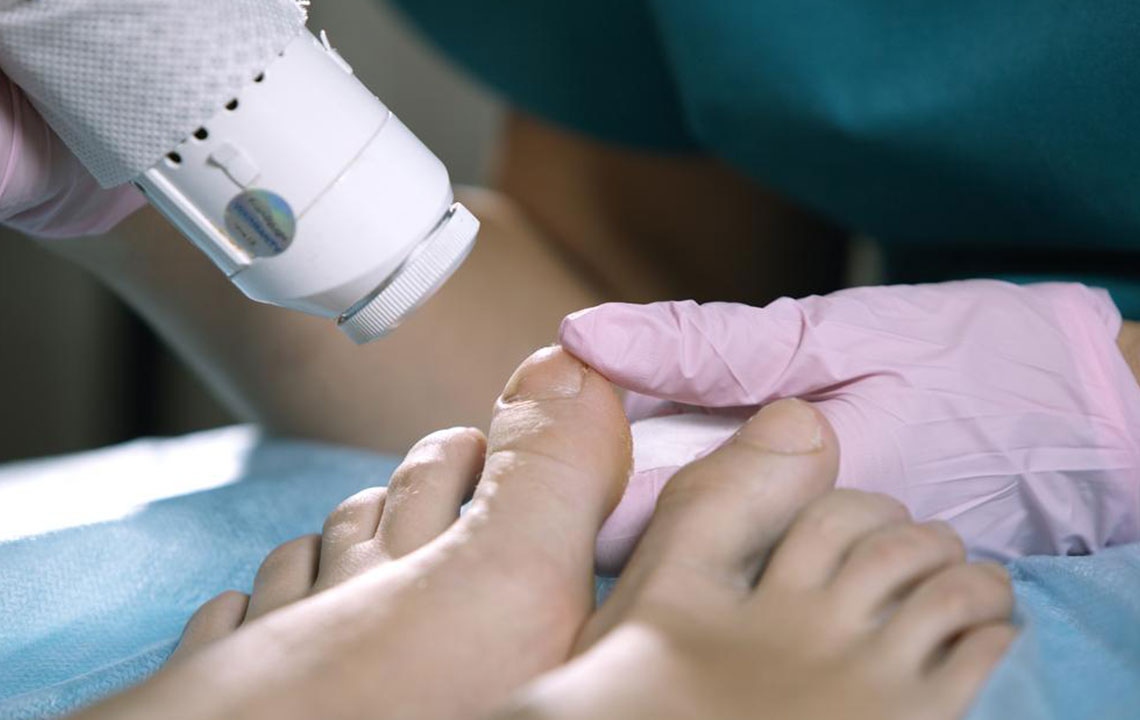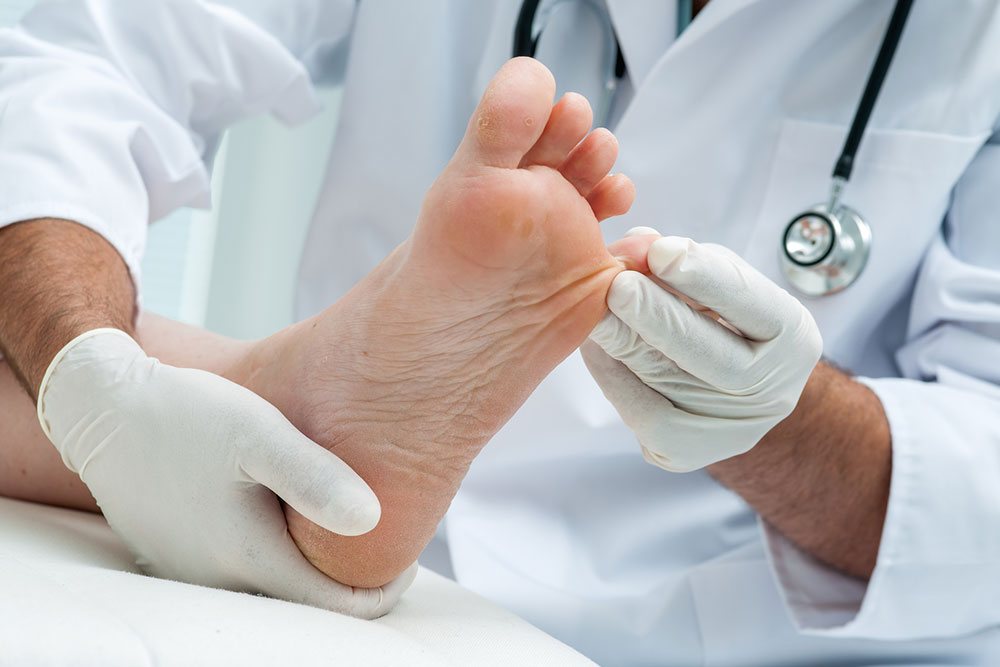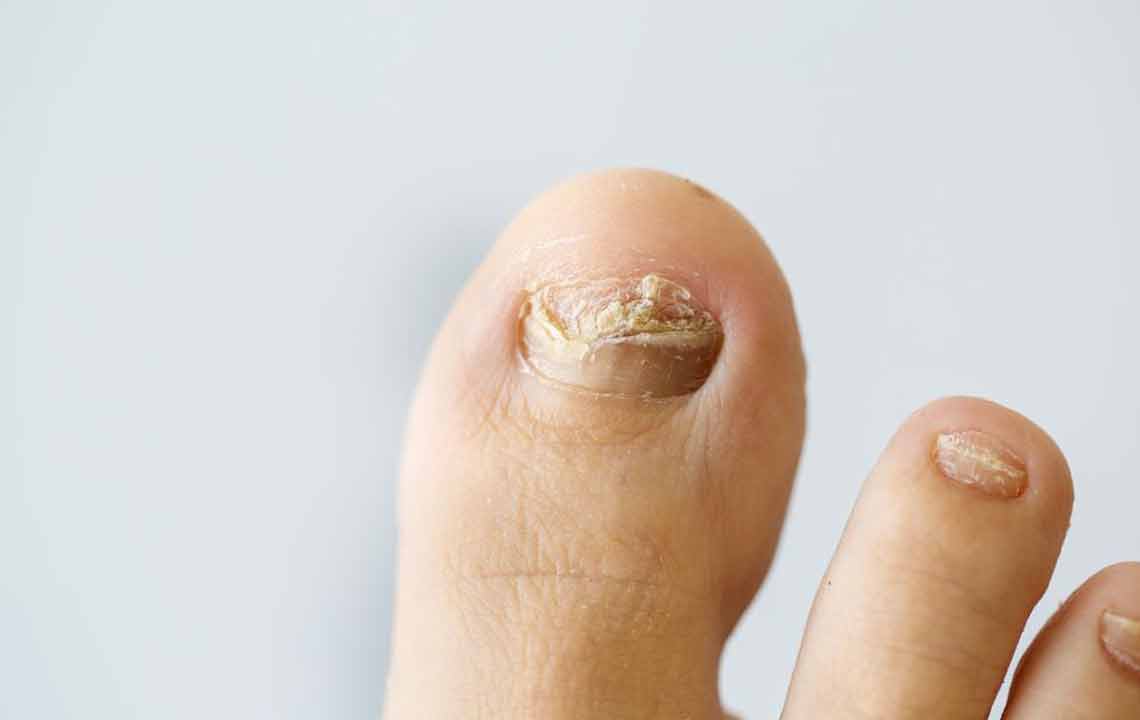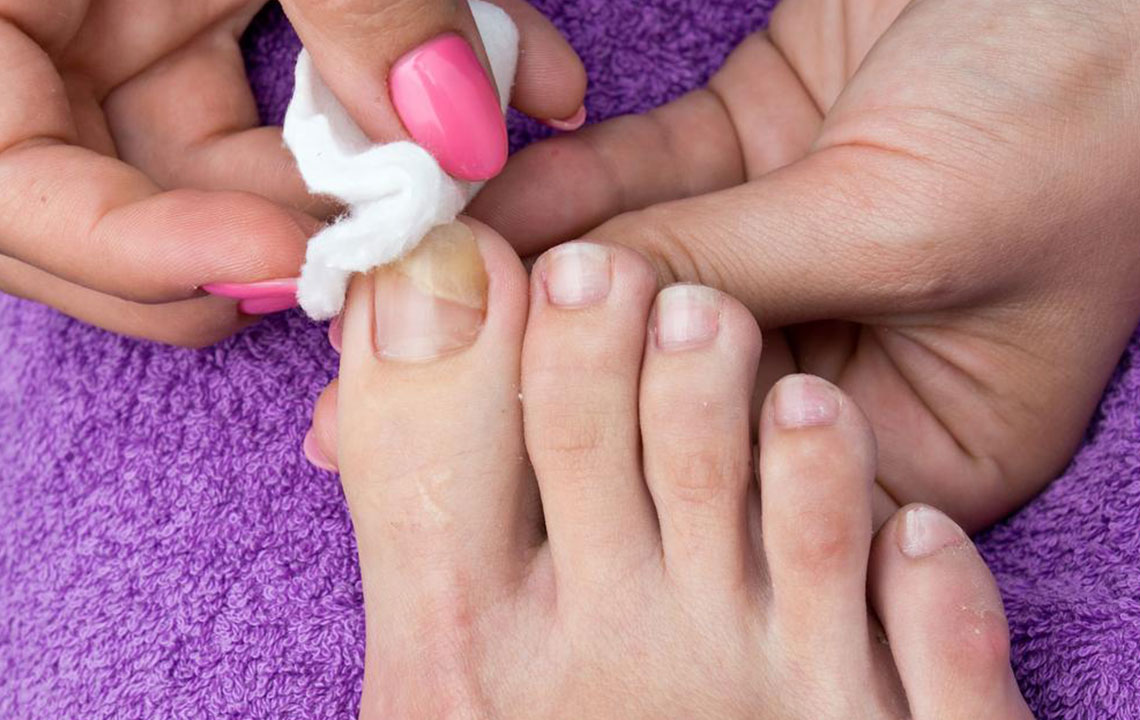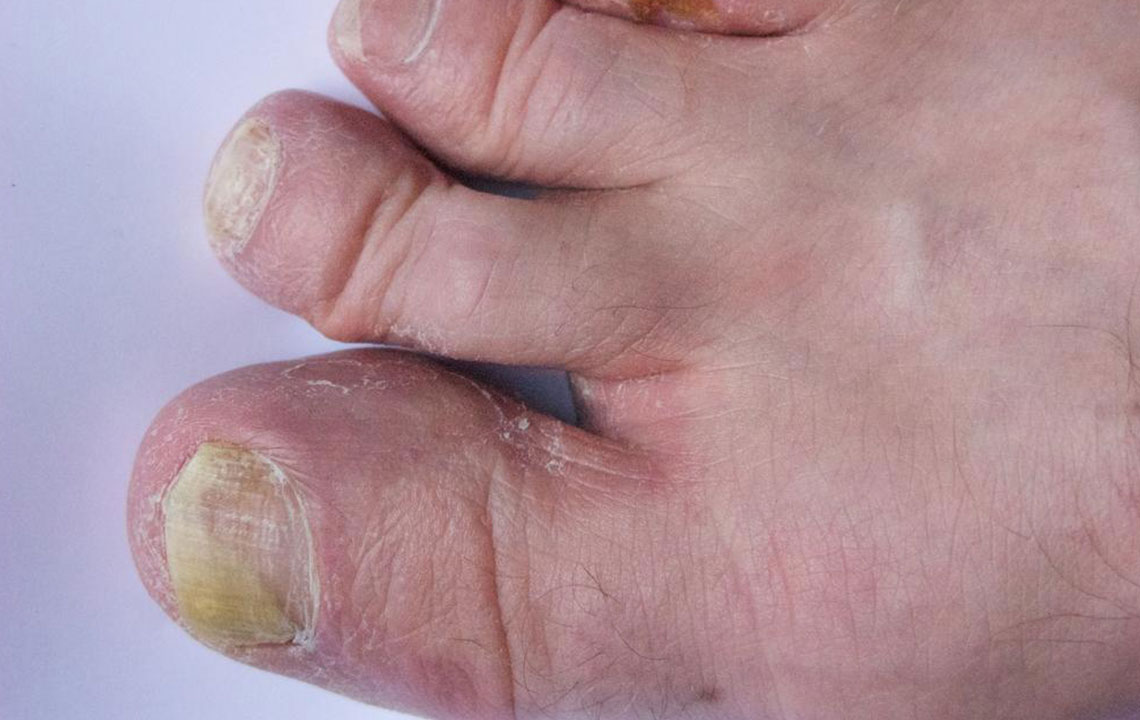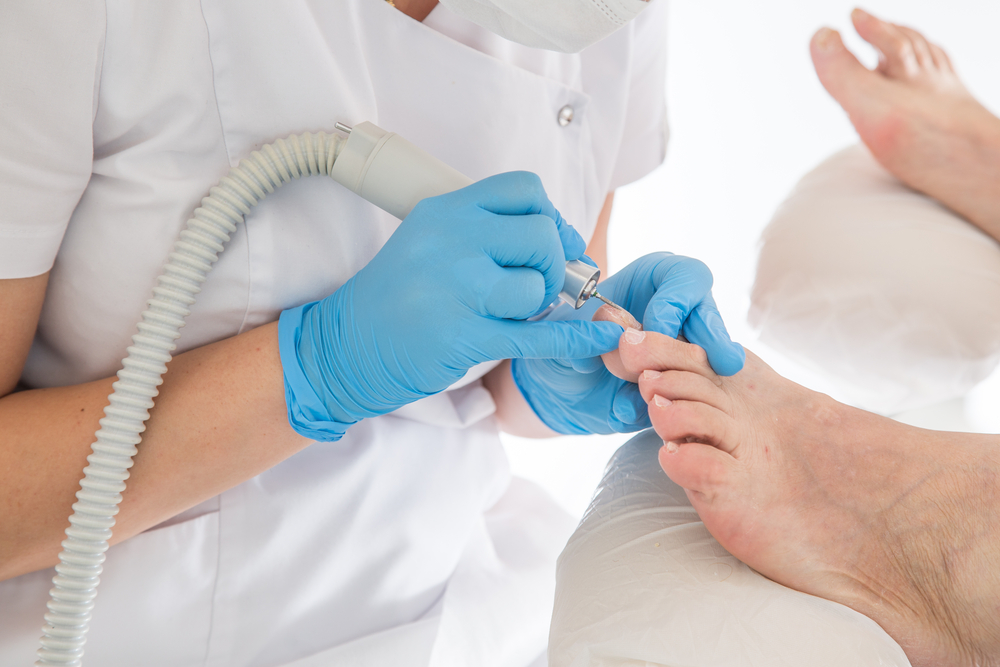Comprehensive Guide to Effectively Treat and Eliminate Nail Fungus
This comprehensive guide offers effective strategies for eliminating nail fungus through natural remedies, early detection, and preventive measures. Learn how to recognize symptoms, apply home treatments like apple cider vinegar, garlic, baking soda, and Vicks VapoRub, and understand causes to prevent recurrence. Whether your infection is mild or severe, these tips help restore nail health and prevent further fungal spread. Maintain proper hygiene and seek professional help if needed for long-term nail health and fungal prevention.
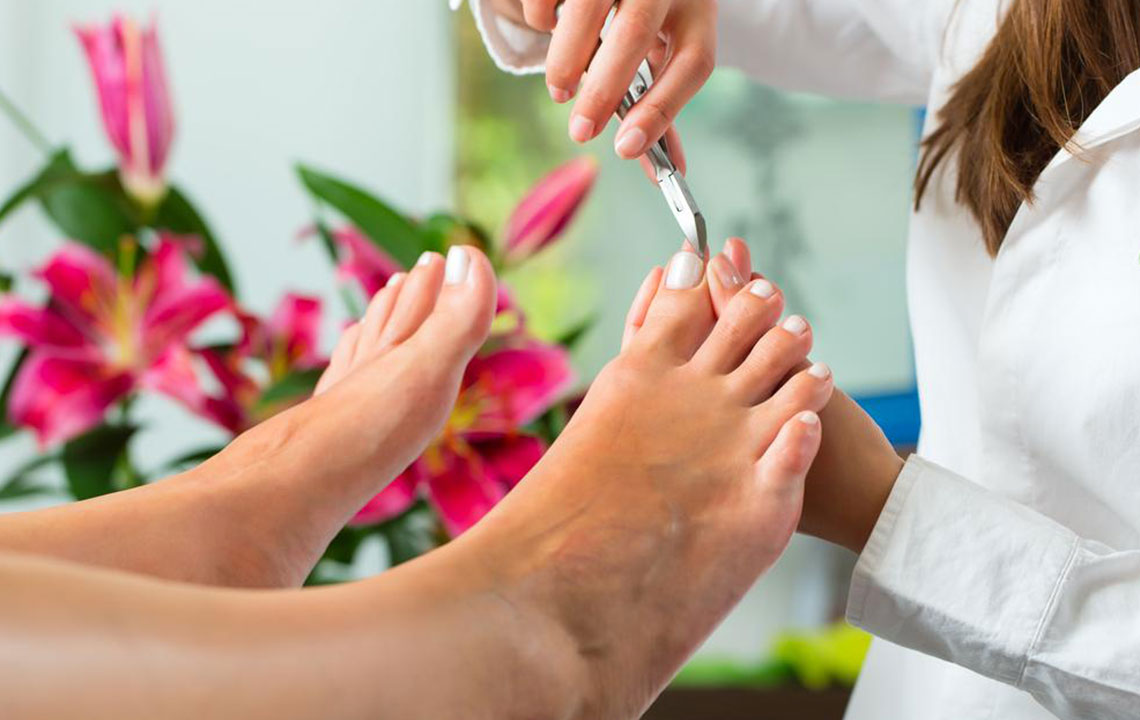
Comprehensive Guide to Effectively Treat and Eliminate Nail Fungus
Nail fungal infections, medically known as onychomycosis, are a common dermatological condition that affects many individuals worldwide. Characterized by symptoms such as thickening, discoloration, swelling, and crumbling of nails, this condition can significantly impact both the appearance and health of affected nails. While not always painful, nail fungus can become persistent if not addressed promptly, leading to discomfort and possible secondary infections. Understanding the underlying causes, recognizing early symptoms, and exploring effective treatment options are essential for successful management and recovery.
Understanding Nail Fungal Infections
Onychomycosis results from an infection caused by various fungi, including dermatophytes, yeasts, and molds. These fungi invade the nail plate and surrounding tissues, leading to structural damage and color changes. The infection can affect fingernails, toenails, or multiple nails simultaneously, especially in environments that promote fungal growth—warm, moist, and humid conditions.
Noticing early signs is crucial for effective treatment. Some of the most common symptoms include:
Subungual hyperkeratosis: accumulation of scaling beneath the nail that causes thickening.
Distal onychomycosis: brittle, crumbling edges or tips of the nail.
Lateral onychomycosis: white streaks, milky spots, or uneven discoloration across the surface.
Proximal onychomycosis: yellowish or brownish spots at the nail's base, often indicating early infection.
In addition to these, other signs to look out for are:
Flaking or venting of the surface layer of the nail.
Separation or lifting of the nail from the nail bed, also known as onycholysis.
Unpleasant odor emanating from the infected area.
Fragile, brittle nails that tend to break or crumble easily.
Advanced cases can lead to complete detachment of the nail from the bed.
Understanding these symptoms can help in early diagnosis and intervention, preventing the infection from worsening.
Effective Home Remedies for Nail Fungus: Natural Solutions for Clearer Nails
Dealing with nail fungus doesn't always require prescription medication. Many affordable and natural remedies are available that can effectively combat fungal infections. Before starting any treatment, it's advisable to consult a healthcare professional, especially if the infection is severe or persistent. Below are some of the most effective home remedies:
Apple Cider Vinegar (ACV)
Renowned for its powerful antifungal and anti-inflammatory properties, apple cider vinegar is a top choice for treating nail fungus naturally. Its acetic acid creates an inhospitable environment for fungi. Regularly soaking infected nails in a mixture of ACV and water for about 30 minutes twice daily can significantly reduce fungal activity. For an enhanced effect, mixing ACV with rice flour to create a gentle scrub can exfoliate dead skin and promote healthier nail regeneration. Consistent use can help eliminate fungi and restore nail health over time.
Mouthwash
Antiseptic mouthwash, especially those containing menthol, thymol, or eucalyptus oil, can serve as an effective soak for treating nail fungus. Its chemical components work to kill fungi and bacteria residing in or around the nails. Using mouthwash as a soak four times daily provides a potent antifungal environment, preventing further growth and spread. Regular application ensures the reduction of infection and minimizes chances of recurrence, making it a simple yet effective home remedy.
Garlic
Garlic's potent antifungal and antimicrobial properties have been recognized for centuries. Applying a fresh garlic clove crushed into a paste directly on the affected nails can inhibit fungal growth. For convenience, garlic capsules can be taken orally to boost the immune response, helping the body fight off the fungal infection from within. The allicin compound in garlic is responsible for its medicinal qualities and can aid in effective treatment when used consistently.
Baking Soda
Due to its alkalinity, baking soda neutralizes acids and odorous compounds that fungi thrive on. Creating a paste with baking soda and water and applying it gently on the infected areas can help inhibit fungal proliferation. Additionally, baking soda acts as a natural deodorizer, addressing foul smells associated with nail fungus. Incorporating baking soda soaks or topical applications into your routine can support the healing process and alleviate symptoms.
Vicks VapoRub
This popular ointment, containing eucalyptus oil, camphor, and menthol, has been used as an off-label remedy for nail fungus. Its ingredients possess antifungal properties that can help combat infection when applied directly to the affected nails. Regular use of Vicks VapoRub on fungal nails has shown promising results in various anecdotal reports, improving nail appearance and reducing fungal presence over time.
Understanding Causes and Preventive Measures for Nail Fungus
Identifying risk factors is essential for preventing nail fungus or preventing reinfection after treatment. Common causes include:
Contact with contaminated surfaces or infected individuals, especially in public places like gyms, pools, or showers.
Weakened immune system, which makes it harder for the body to fight off fungal pathogens.
Imbalance in pH levels of the skin and nails, creating an environment conducive to fungi.
Poor hygiene practices, such as infrequent hand and foot washing.
Use of unsanitary salon tools or poorly sterilized equipment.
Underlying health conditions like diabetes that increase susceptibility.
Exposure to moist environments like swimming pools or gym locker rooms.
To prevent nail fungus, maintain good hygiene, avoid sharing personal grooming items, wear protective footwear in public areas, keep nails dry and clean, and opt for sterilized tools when visiting salons.
In cases where infection persists or worsens despite home remedies, consulting a dermatologist or healthcare professional is crucial for advanced treatment options, including topical or oral antifungal medications.
In conclusion, managing nail fungus involves a combination of early recognition, proper hygiene, effective home remedies, and professional care when necessary. Consistency and patience are key to restoring healthy, fungus-free nails and preventing future infections.
